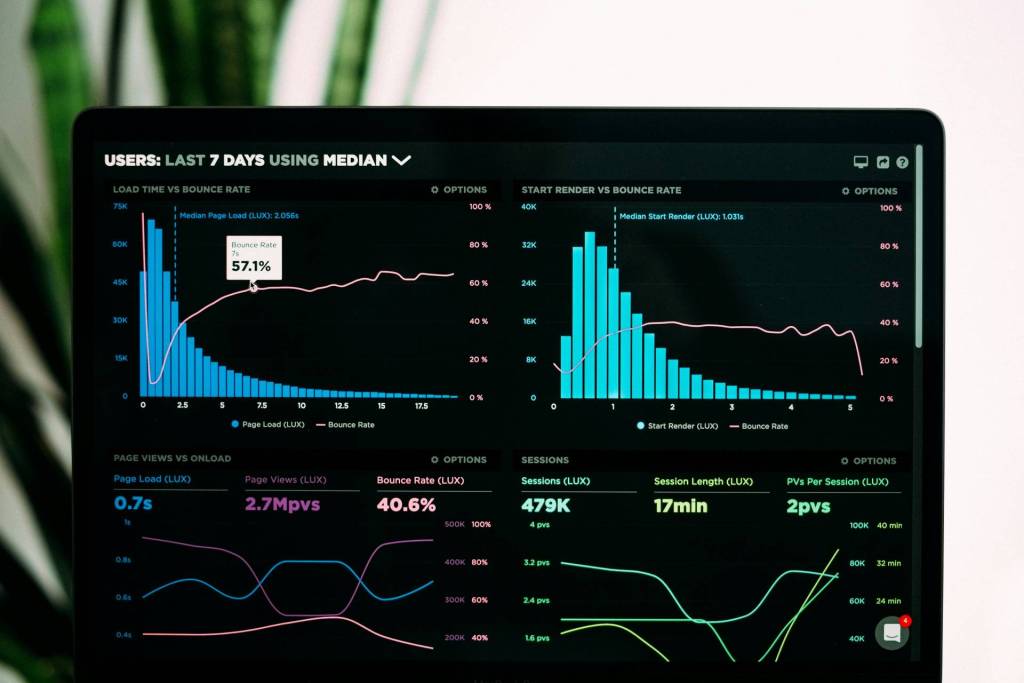One of the first steps anyone interested in building their personal brand by self-publishing an e-book should take is to purchase an Amazon.com Kindle e-book reader.
I’m not saying that from an Amazon affiliate point of view. I’m simply recommending the Kindle based on the new perspective you’ll gain from living with a Kindle and familiarizing yourself with it it from one of your prospective reader’s point of view.
Before you try to self-publish an e-book, you need hands-on experience with the Kindle–searching for books and reading them in the Kindle format.
Why the Kindle?
Certainly there’s e-book reader competition; the Barnes & Noble Nook and Apple iPad come to mind. There were also numerous announcements of new e-book readers at the Consumer Electronics Show.
However, from the practicality point of view, taking into account price, popularity/market share, plus–most important–the Kindle’s integration with Amazon.com’s marketing savvy, the Kindle seems to make the most sense. (You can always buy an iPad later, when your book royalties start rolling in.)
What you’ll learn from your Kindle
Here are a few of the reasons you just can’t “read about” a Kindle, but need to gain first-hand experience reading with a Kindle:
- Searching and buying. When you live with a Kindle, and use your Kindle to search for books in your area of expertise, you’ll gain a better perspective about how your prospective readers will be searching for your book. You’ll also gain time to explore the competition in the various Kindle categories.
- Reading on a small screen. I’ve always been an advocate of short words, sentences, and paragraphs, but the Kindle has reinforced the importance of “short” as a writing philosophy. Reading on the Kindle’s screen is a joy, in terms of sharpness. But, the Kindle definitely rewards short paragraphs. My desire to read drops to zero when I encounter paragraphs that a full screen–or, worse, more than one screen.
- Try before you buy. You can download a hefty sample of just about every Kindle book. Often, the download includes a table of contents as well as the Introduction and/or first chapter. This makes it easier to decide which competing books warrant deeper exploration.
- Blogs. I find it far easier to keep up to date with the blogs I want to follow when I can read them in the car or in bed. I prefer reading blogs on the Kindle because I’m usually focused on book coaching or writing my own blog posts when I’m at my computer. Once again, however, the Kindle reinforces the importance of inserting frequent subheads and keeping sentences and paragraphs as short as possible.
- Marketing and brand-building. One of the big lessons I have gained from my Kindle research is the importance of marketing with a series of short, inexpensive, and focused titles. In a search engine world, multiple short, affordable, topics are preferable to larger, more expensive, “tell everything” titles. Multiple short reports and e-books can create a synergy that builds your brand faster than a single, more expensive, all-encompassing title–plus, you may have already written the needed content!
Instead of reinventing the wheel, you may be able to create a brand-building marketing campaign based on compilations of existing articles, blog posts, and reports. Each title can build your online visibility and attract new prospects.
Takeaway
You can probably write and self-publish a Kindle e-book without actually owning a Kindle. And, I recognize the initial costs of ownership (although I’m probably approaching the break-even point in savings over the costs of buying print books). I feel you can’t be as effective writing and marketing your own Kindle book without day-to-day experience searching, downloading, and reading books and blogs by others. What do you think?
Author:
Roger C. Parker‘s blog offers weekday writing tips and help choosing article and book titles for personal branding success.












